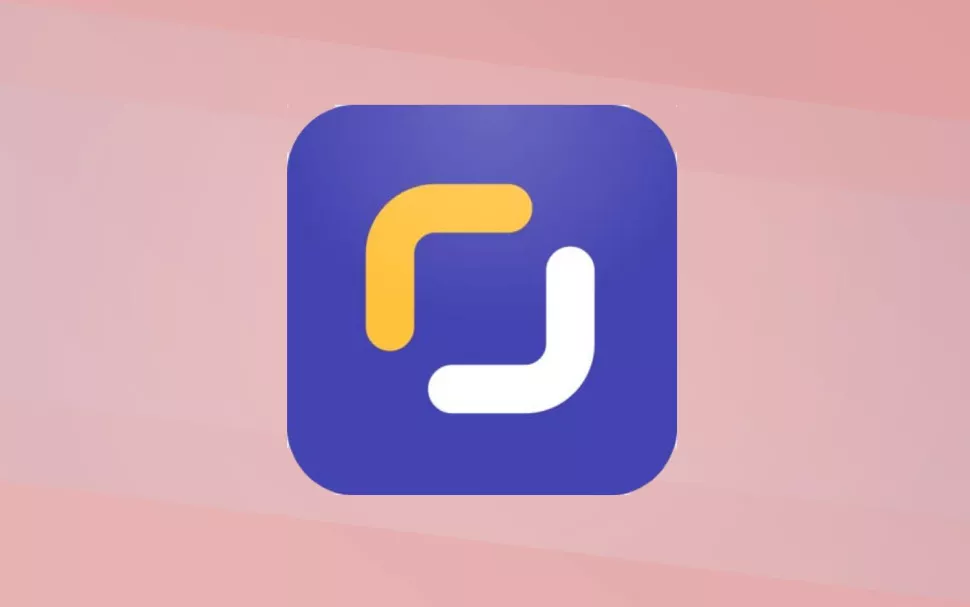
The app is available for Android and iOS, with free tracking features and true parental controls unlocked via subscription.
This should not be confused with the original iOS feature, also known as “Screen Time”, which was introduced with iOS 12 and offers some parental control settings and time usage statistics.
As with many of the apps I’ve tested, iOS’s feature set is significantly smaller than its Android counterpart. But while most apps have fewer details or controls on iOS, Screen Time removes some iOS features, including app management and web filtering.
As the name suggests, Screen Time mainly focuses on managing the time spent on devices. It does a great job, but the rest of the features (especially on iOS) aren’t up to par with the best options on the market and make Screen Time a hard sell for its price.
Norton Premier Family does more on Android devices; Net Nanny is the best choice for parents of kids who use iOS devices.
Screen time: costs and what is covered:
Screen Time uses a common freemium business model. The app is free to download and use on Android or iOS devices with basic features.
You can pay a monthly subscription fee of $6.99 to unlock Premium features for an unlimited number of users and devices. You get discounts if you pay for six months or a year at once, and new free users get a 7-day free trial (no payment information required) of all premium features.
There was a $4.99 monthly subscription without geolocation and web filtering, but since these are pretty important features that most parents would want, that level of service has been discontinued.
Screen Time’s free solution is a nice app, but only provides supervision on the child’s device, no supervision, and is limited to one device per child. The Android app is slightly more comprehensive than iOS as it includes search and web history tracking, but it doesn’t yet allow you to restrict access based on time or content.
Parents who have decided to use the free option may want to consider the free version of Kaspersky Safe Kids instead. While it doesn’t live up to any of the paid options, it’s the most feature-rich free parental control app you’ll find.
The Screen Time Premium package unlocks effective parental lock features and includes the ability to set daily restrictions on device usage, daily schedules for device usage, an activity system to get extra time, and the ability to limit the usage of the device. one button device.
Android has some features that the iOS version does not, such as app locking and the ability to view a child’s web history and search history.
Operating time: installation:
We tested screen time on a Google Pixel 2XL running Android 9.0 (Pie), an iPhone 7 Plus, and an iPad Air 2. The web portal was accessible on a 15-inch Macbook Pro 2017 running macOS 10.13.6.
Installing Screen Time was easy for both Android and iOS. In any case, I found it easier to install the apps directly on the parent and child devices rather than using the child devices’ web browser first as instructed.
I have encountered random error messages on both platforms when using the browser for this purpose. But with the apps, I was able to click through the installation instructions and be in control of the baby device in two or three minutes.
You must create a child profile through the online portal or on the parent’s device. Of the eight apps I tested, Screen Time had the easiest profile creation process since MMGuardian, as it only asked me for the child’s name.
You can add the child’s date of birth later, which changes the app’s settings, so I don’t see why this wasn’t just part of the initial profile creation. Each child also has a unique pairing code that appears on their profile, which is then used to link devices to their accounts.
On the child’s iOS device, the Screen Time application uses the normal installation of a mobile device management profile by downloading it from the device’s Safari browser and granting certain access rights.









